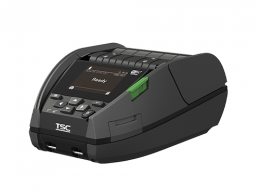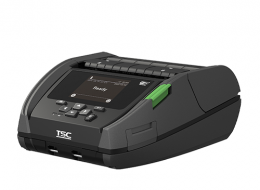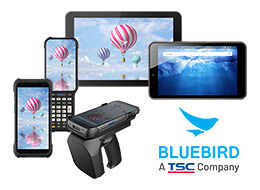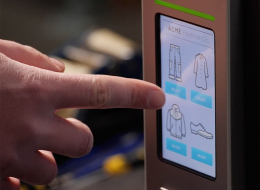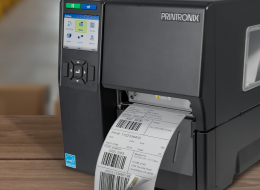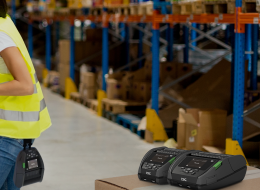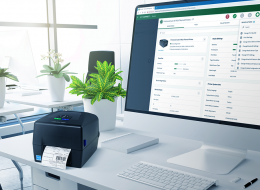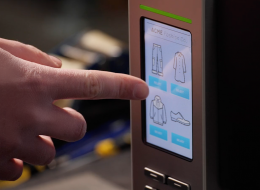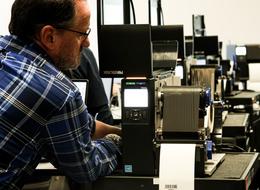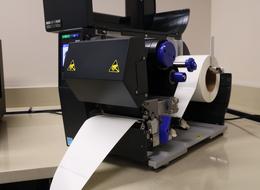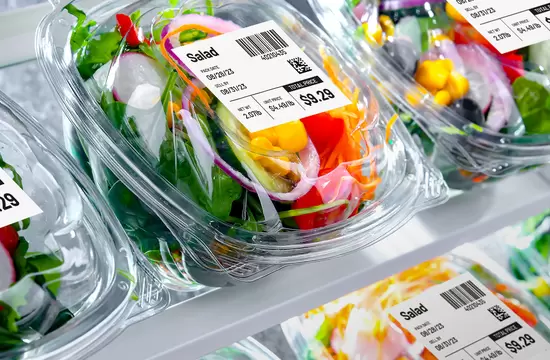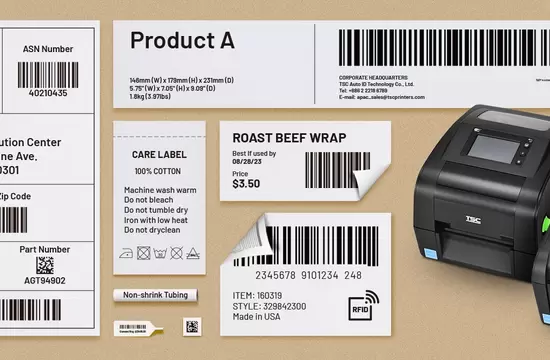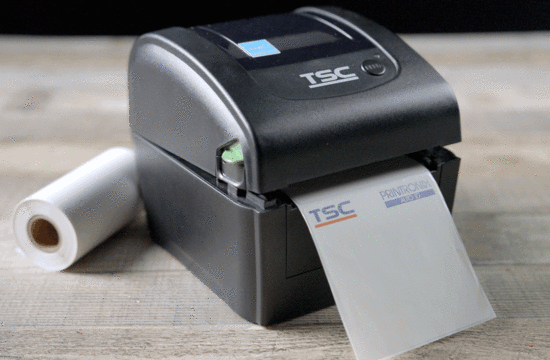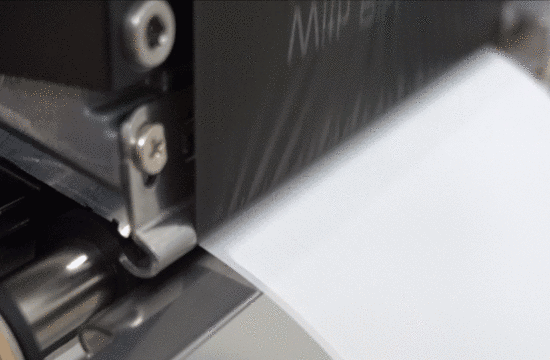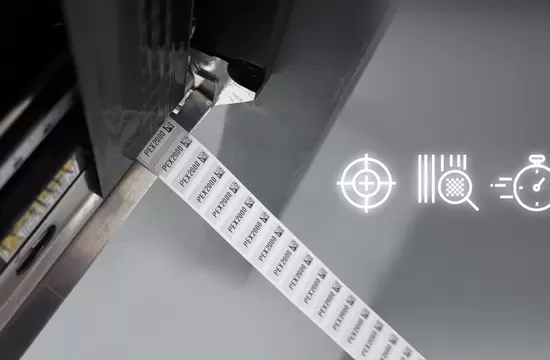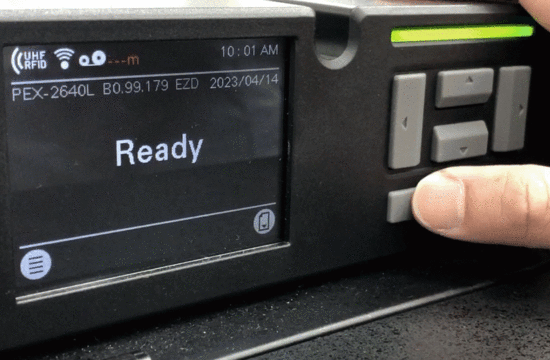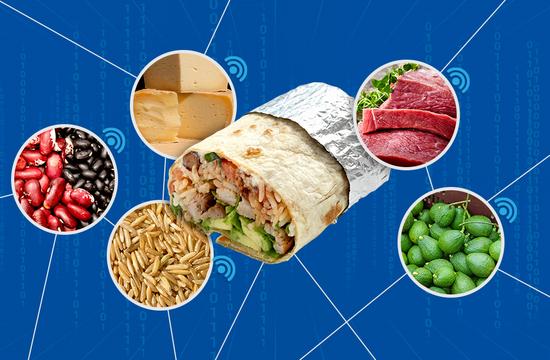Food & Beverage
Automotive
1429
/en/blog/automotive
Barcode Inspection
418
/en/blog/barcode-inspection
Cannabis
1430
/en/blog/cannabis
Company News
415
/en/taxonomy/term/415
Events and Tradeshows
1421
/en/blog/events-and-tradeshows
Food & Beverage
1426
/en/blog/food-beverage
Healthcare
1425
/en/blog/healthcare
High Resolution
414
/en/blog/high-resolution
Industry Trends
1419
/en/blog/industry-trends
Manufacturing
1424
/en/blog/manufacturing
Mobile Printing
1420
/en/blog/mobile-printing
Partner Perspectives
1461
/en/blog/partner-perspectives
Remote Printer Management
1432
/en/blog/remote-printer-management
Retail
1423
/en/blog/retail
RFID
416
/en/blog/rfid
Software Solutions
1433
/en/blog/software-solutions
Standalone
419
/en/blog/standalone
Supplies
417
/en/taxonomy/term/417
Supply Chain
1463
/en/blog/supply-chain
Tips & Best Practices
1431
/en/blog/tips-best-practices
Transportation & Logistics
1422
/en/blog/transportation-logistics
Warehouse & Fulfillment
1427
/en/blog/warehouse-fulfillment
When you purchase apparel items, you will notice they always come with a hang tag and a care label.
In response to the growing issue of foodborne illnesses and contamination risks in the supply chain, governments are modernizing food traceability regulations. For instance, in the United States, the FDA Food Safety Modernization Act (FSMA) section 204(d) and in the European Union, Regulation (EC) No. 178/2002 are being implemented within the food and beverage industry. The focus of these regulations is on prevention and improving transparency to protect public health.
Businesses are currently grappling with economic uncertainties arising from labor shortages, supply constraints, and inflation, all of which hinder the post-pandemic recovery. As a business owner or leader, your goal is to ensure the long-term success and resilience of your company despite evolving market conditions and emerging technologies. A well-defined IT strategy can help you adapt swiftly, allowing for resource reallocation to align with changing priorities. So, what’s the most rational approach to long-term IT planning, particularly when it comes to label printing solutions?
As an IT manager, you know that time is money. And when a printer goes down, it can be a major disruption to your business, but also a distraction from your busy schedule. That's why TSC has developed the Rapid Deployment feature, which allows you to quickly and easily deploy new printers, or configure existing printers, with minimal downtime.
As environmental protection becomes increasingly important, many businesses are now seeking greener products and solutions to decrease their environmental impact to comply with regulations, contribute to sustainability, and win customers.
Rising demand for automation and complex labeling applications has made automatic labeling grow in importance across various industries. Increasing customization, labeling requirements, and technological advances have led many businesses to search for solutions that help them cope with these growing demands while improving productivity and efficiency.
Changing any part of a print-and-apply system requires tremendous effort for Systems Integrators (SI). Taking print engine replacement as an example, SIs will have to reconfigure system settings or purchase new parts, spending additional time and resources.
The food and beverage supply chain is a highly efficient process that requires products to move quickly and accurately with full traceability. Whether you’re labeling produce fresh from the field or boxes from the manufacturer, it is important that each item be labeled properly.
Chipotle Mexican Grill, the iconic US-based quick-service restaurant, also known as a QSR, has been testing RAIN RFID for several years.
Direct Store Delivery (DSD) reshaped the supply chain.

